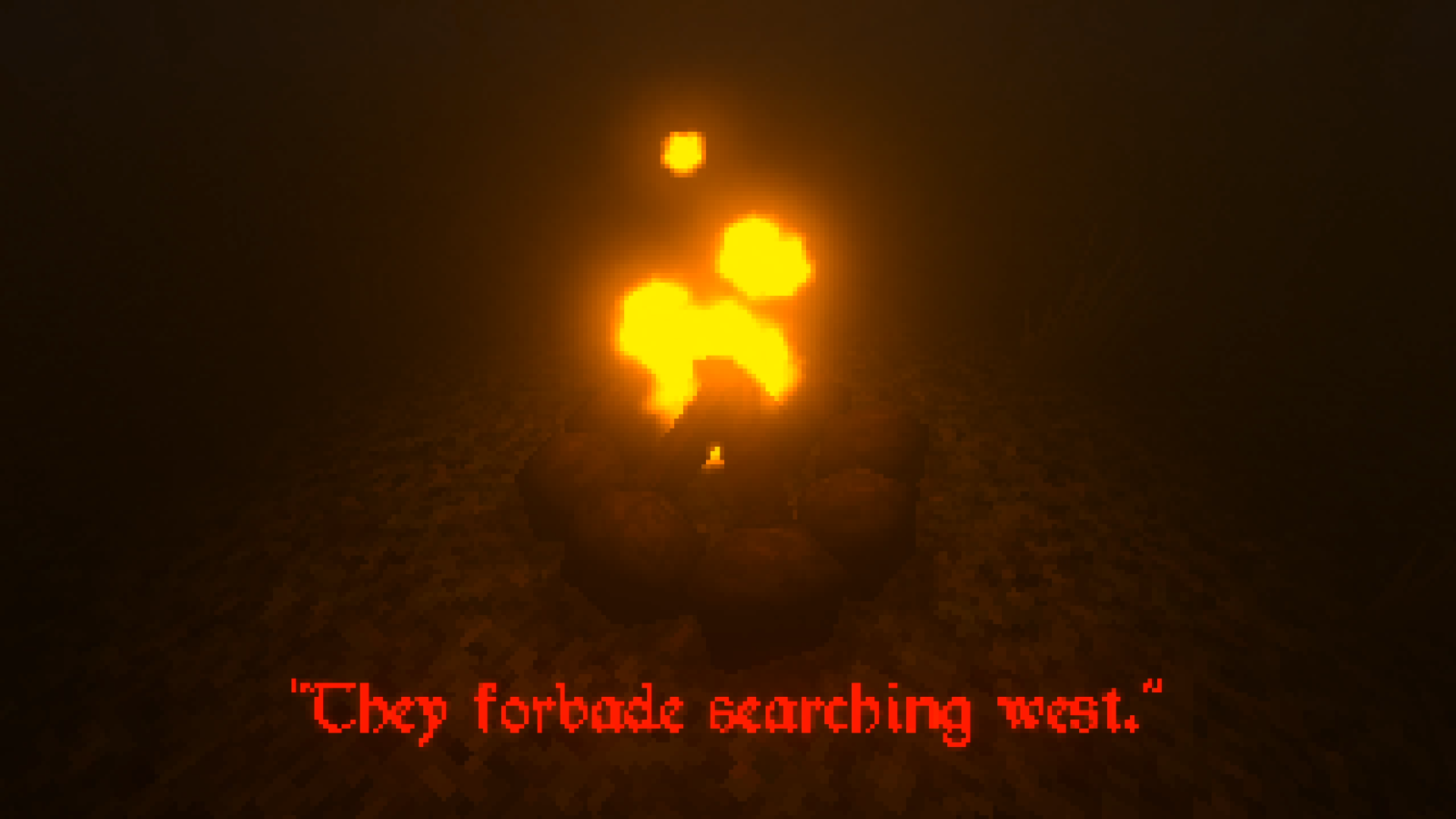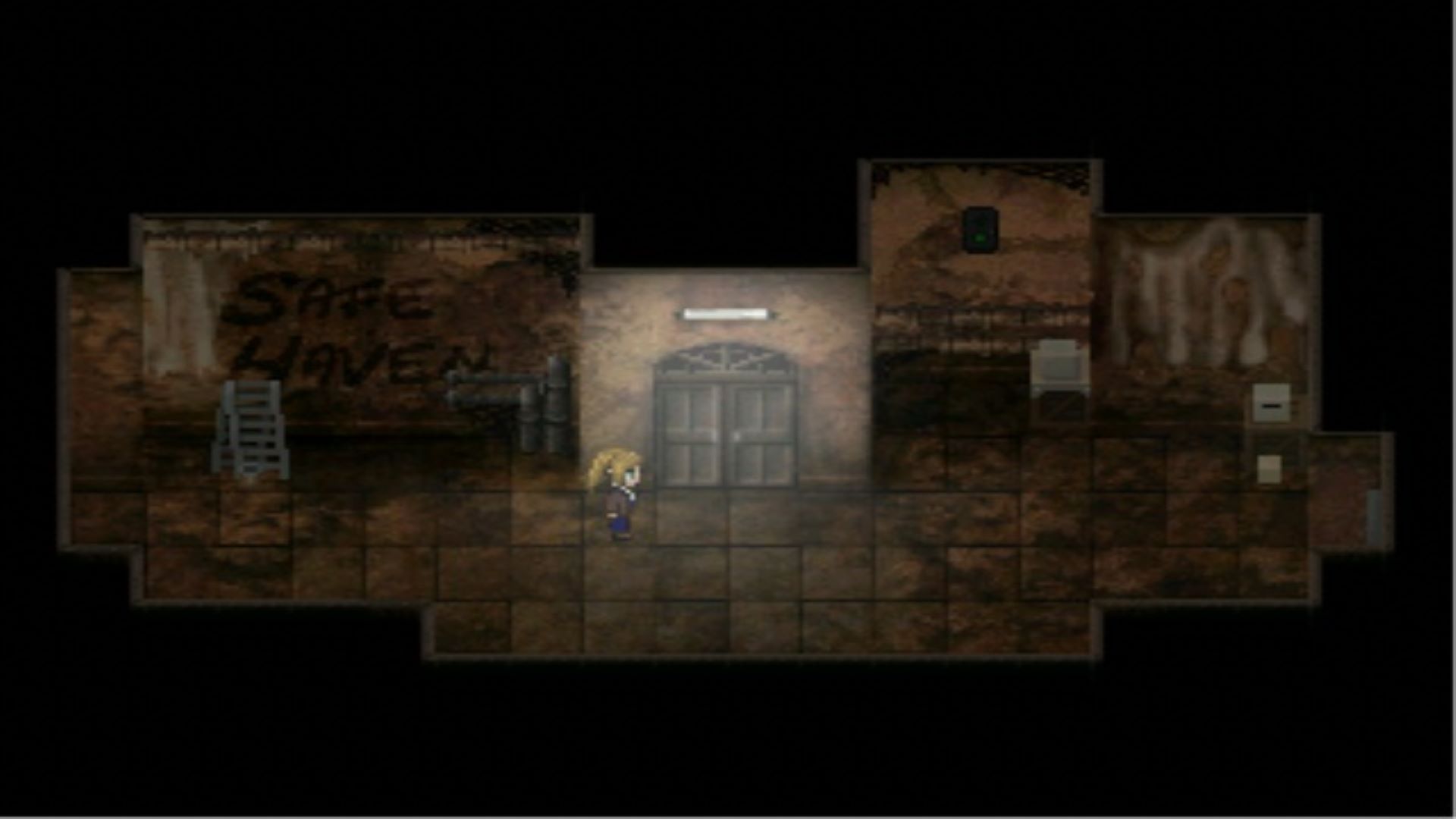Ultra-Indie Spotlight Sunday: Like Clay Sculpts Fresh Scares
Like Clay follows the story of Tom Kemer. Having lost his job, his home, and his girlfriend, he goes missing right after sending you a mysterious text message about moving in with new friends. You play as his former professor Jim Stevens who has decided to investigate Tom’s disappearance. The game begins with your arrival at an apartment complex home to a strange and potentially dangerous religious sect present, one that could be very enticing for a despairing person like Tom.

Conceptual Meta-Wank:
There was a time that I believed that a “walking simulator” game was inherently bad. After all, I thought, if the only content is reading and watching, why even bother making a game at all? Make a movie or a book instead and save us all the trouble. Doubly so for a horror game. How could it be scary without a threat? My assumption was that a game with no stakes was hardly a game at all. And like many of my opinions, past and future, it was deeply stupid.
Anyone who plays horror games knows that’s totally false. The benefit of creating a story based video game is the immersion. Whether you are actively trying or not, something in our lizard brains can’t not experience the pictures on the screen as if we are really there. So when you get a game such as Like Clay, where most of the horror does not come from an enemy chasing you about, but from the building suspense of the atmosphere, narrative, and mystery of what is going on. You don’t need a hide-in-a-closet-from-the-killer mechanic to make horror great.

Non-Wanky Game Recap:
Much of the gameplay in Like Clay is exploring the apartment complex and the secrets within. Not just searching for keys and objects to open the path forward, but also listening to voicemails and reading peoples notes. There are a handful of puzzles in the game, some of which are quite difficult. Eventually, you do reach a point in the game where the threats become very real. But until then, Like Clay is merely a spooky house for you to uncover a mystery in. And a very interesting one at that.
What Works:
The atmosphere of Like Clay is top notch. The building is unsettlingly normal, brightly lit and full of color. The hum of fluorescent lights is all that you hear in this environment. The (almost) silence is deafening. Along with this is expert pacing, where weird stuff happens quick, but the scars don’t come for a long while. Which means that every time you open a dark room or have to turn on a light, you are on the edge of your seat waiting for the terror—terror which is most certainly out there, waiting for you.
I praised Like Clay for having no active enemies. How the real terror comes from the atmosphere and immersion. Well, that’s not entirely accurate. The further into the game you get, the more dangers arise. Traps, hazards, hallucinations, and eventually even traditional enemies will be encountered. Even without enemies, Like Clay would have been a harrowing atmospheric experience. Once they show up, it’s even more effective.

What Doesn’t:
The problem with walking simulators like this is that they are void of people. Nobody is here to give you direct instructions. You are the only person who can crack the code to whatever puzzles lie in wait. Which means that each time you overlook something, like a tiny piece of inconspicuous wire or key in one of forty mailboxes, you immediately hit a dead end. Several times I had to consult a walkthrough video to find what I was missing, which as you can imagine, certainly breaks the immersion.

How To Fix It:
I recognize that there are people who like this kind of challenge. Or perhaps they’re just more observant, and it’s not that big a challenge at all. But for the rest of us, we who have concave brains, there should be some clearer directions of what to do. Like Clay is a fascinating game when you know what to do. Some accessibility to those who aren’t good at finding needles in an admittedly pretty small haystacks would be great.

Wanky Musings:
I remember that Gone Home was a massive controversy. Among them, because there was no “fail state,” because it wasn’t something you could lose. But the purpose of games is not to simply overcome a challenge; if it were, every game released would be a sheet of math problems for you to solve. We play games because we like to immerse ourselves in the world in which they create. And with horror, you don’t even need a failstate for it to be effective (though as I said, at some point, Like Clay does. I had the thesis in mind and then gotten to that part but was already committed).
You can download Like Clay from itch.io by clicking here.




